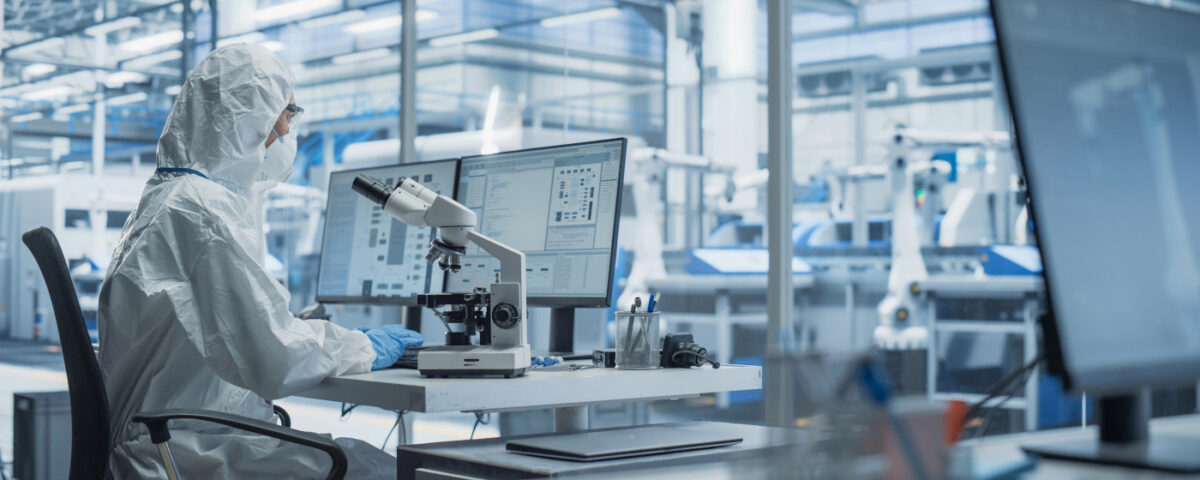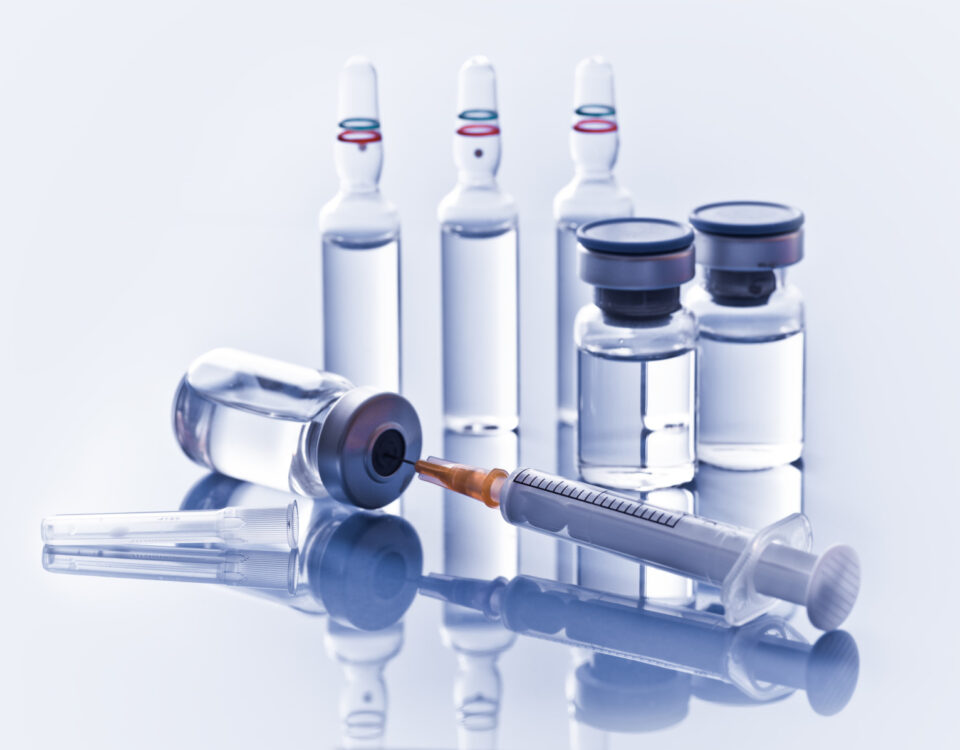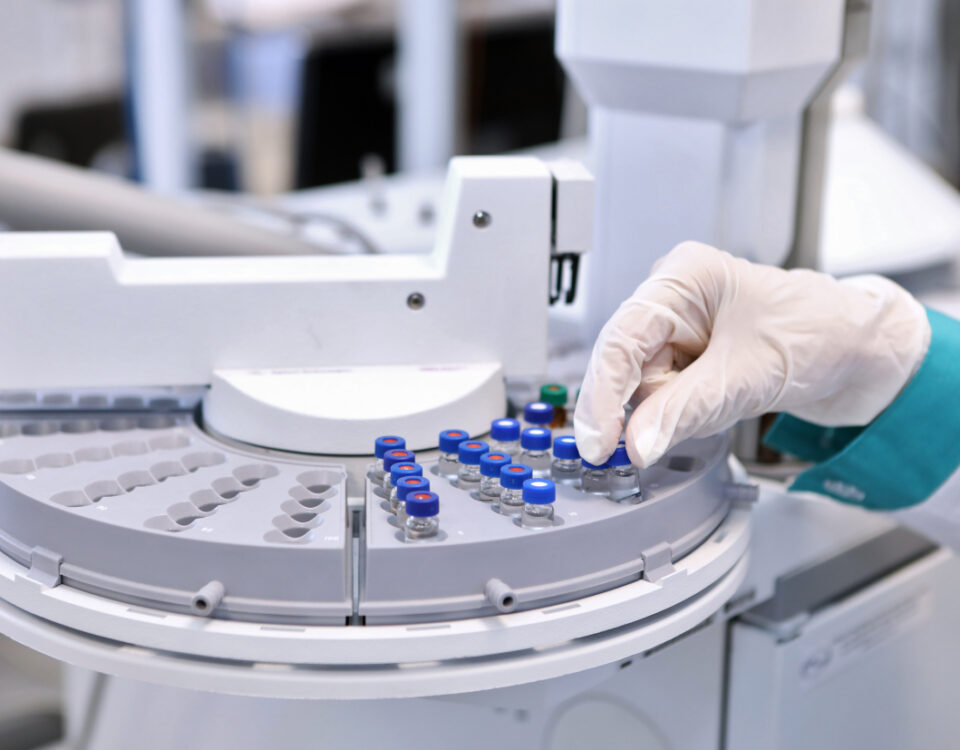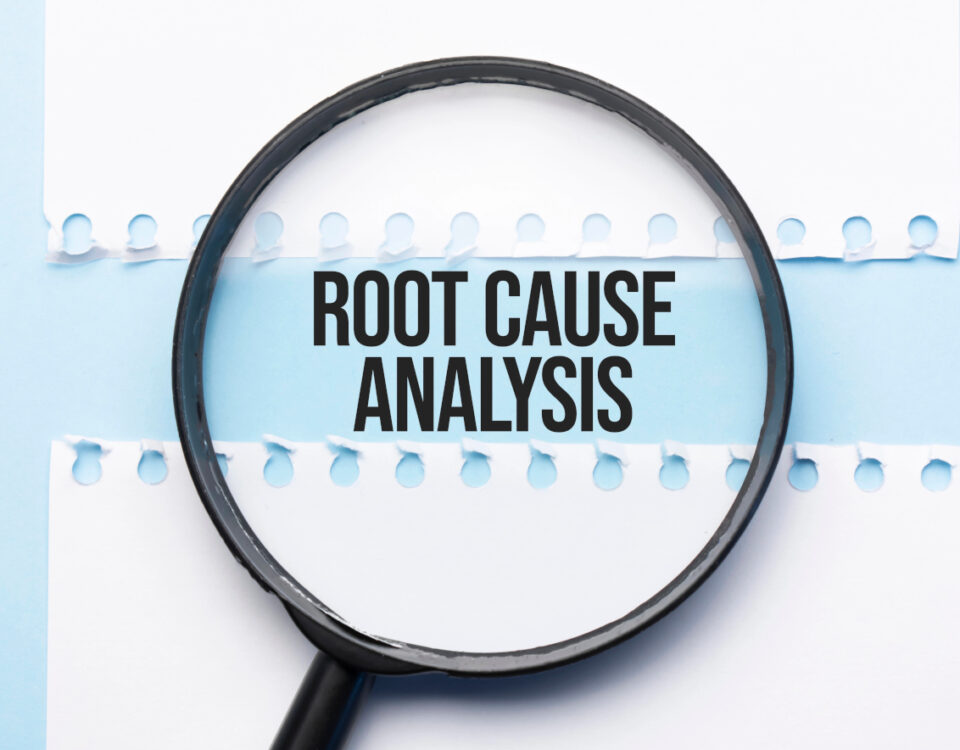
Training day
November 28, 2024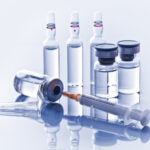
Deviations: Understanding OOS, OOT, and OOE in Pharmaceutical QC Laboratories
December 5, 2024The pharmaceutical industry is undergoing a transformation, driven by the latest updates to GMP regulations like Eudralex Annex 1. This evolution demands more robust and efficient environmental monitoring solutions, particularly in the manufacturing of sterile medicinal products. One of the most promising advancements in this field is Real-Time Environmental Monitoring (RTEM), which provides continuous insights into air quality and contamination risks, ultimately enhancing compliance and operational efficiency.
The Need for Real-Time Monitoring
Traditionally, environmental monitoring (EM) has relied on growth-based methods, where air samples are collected, incubated, and then analysed for microbial contaminants. While effective, these methods only provide a snapshot of data, and the time delay in receiving results can hinder immediate responses to contamination events. As manufacturers face increasing pressure to minimize contamination risks and improve efficiency, RTEM technologies like biofluorescent particle counters (BFPC) are emerging as essential tools. Since 2009, continuous microbial monitoring systems for GMP cleanrooms have been available. Although these real-time viable particle counters provide significant advantages in the detection of bioburden sources, their use for continuous control of microbe-carrying particles (MCPs) in the pharmaceutical industry remained low due to the lack of regulatory MCP limits for this type of measurement technology. With the updated EU GMP Annex 1 regulations, manufacturers are now encouraged to implement continuous EM in grade A environments. This entails strict monitoring protocols and a zero-tolerance limit for colony-forming units (CFUs), highlighting the urgent need for solutions that meet these standards.
The Advantages of Biofluorescent Particle Counters
BFPCs represent a significant leap forward in environmental monitoring technology. Unlike traditional methods, BFPCs utilize a non-growth-based approach to detect and quantify airborne biological and non-biological particles. BFPC systems work on a laser-induced fluorescent principle, exploiting the natural fluorescence of microorganisms by using a laser to excite compounds within the particles. Unlike classic laser particle counters, which detect and classify particles by scattered light analysis, a BFPC also measures the wavelength of the scattered light. Substances found in all microorganisms (bacteria and fungi), such as dipicolinic acid, nicotinamide adenine dinucleotide (NADH), and riboflavin, create a detectable fluorescent signal in the device, measured in Auto Fluorescent Units (AFU). The different wavelengths distinguish viable particles from others. However, ‘dead’ microbes are also detected, as they contain these substances.
Key benefits of BFPCs include continuous monitoring, which provides a comprehensive picture of air quality, enabling manufacturers to identify trends and operational weaknesses that could lead to contamination. The immediate feedback from BFPCs allows for quick detection of airborne contaminants, facilitating prompt corrective actions to maintain air quality and product integrity. Moreover, the automation of monitoring processes minimizes the need for personnel in critical areas, thereby reducing the risk of human contamination. Additionally, BFPC technology offers a more sensitive measurement of viable microorganisms compared to traditional CFU methods, including the ability to detect viable but non-culturable (VBNC) microorganisms. Despite the benefits, one drawback of the measuring principle is the potential for false detection, as some substances that do not belong to the group of viable particles can still cause a fluorescent signal in the BFPC, leading to misclassification. For example, 2-propanol, commonly used in GMP aseptic manufacturing for disinfection, has been observed to cause false viable particle detections in previous studies.
Integrating RTEM with Traditional Methods
Within the realm of BFPCs, various systems like BioTrak by TSI and Bioaerosol Monitoring system (BAMS) by Cherwell Laboratories are designed to meet the unique needs of sterile manufacturing environments. BioTrak, for instance, offers a sophisticated approach to monitoring by providing continuous data on airborne particles and their biological viability. Similarly, BAMS systems focus on the real-time assessment of bioaerosols, ensuring that GMP manufacturers can maintain the air quality standards. These systems exemplify the versatility and innovation inherent in BFPC technology, offering tailored solutions for specific monitoring requirements.
The usability of BFPC systems has improved significantly, making them more accessible for pharmaceutical manufacturers. These devices are often designed with user-friendly interfaces, allowing operators to easily interpret data and respond quickly to alerts. Moreover, manufacturers typically provide comprehensive training and support to ensure staff are well-equipped to utilize these advanced technologies effectively.
Successful implementations of BFPCs have been reported across various pharmaceutical companies, showcasing enhanced operational efficiencies and improved contamination management. For example, some manufacturers have documented significant reductions in contamination incidents and faster response times to potential threats after adopting RTEM technologies.
While BFPCs provide many advantages, they should complement rather than replace traditional monitoring methods. For comprehensive environmental monitoring, a combined approach that includes both BFPCs and agar-based sampling is ideal. This integration allows for real-time detection of contaminants alongside the ability to culture and identify specific microbial species, enhancing overall contamination management. A direct comparison of AFUs with CFUs counted on agar plates or strips is challenging, as not all microbes will grow on agar, and standard incubation methods may not support the growth of every microorganism. Consequently, BFPC systems typically yield higher measured values than conventional microbial tests, which can be advantageous for obtaining immediate overall MCP results, providing knowledge of the general bioburden status of a cleanroom. While the specific species of microbes may not be identified at this point, this information is still valuable during pharmaceutical operations and for evaluating the operational readiness of a cleanroom.
Online Water Bioburden Analyzers
In addition to Real-Time Environmental Monitoring (RTEM), Online Water Bioburden Analyzers (OWBAs), like the Bioburden analyzer 7000RMS Online by Mettler Toledo, are a tool for assuring microbial safety in pharmaceutical water, particularly water for injection (WFI) and purified water (PW). As a type of biofluorescent particle counter (BFPC), OWBAs use laser-induced fluorescence (LIF) for continuous, real-time monitoring of microbial contamination, eliminating lengthy incubation times. This enables quick corrective actions, enhancing efficiency and safeguarding product integrity in GMP compliant environments.
Conclusion
As the pharmaceutical landscape evolves, manufacturers must adopt innovative monitoring solutions to navigate regulatory demands and enhance product quality. RTEM technologies, particularly BFPCs, offer a pathway to achieving these goals. By facilitating real-time insights and compliance with the latest GMP regulations, these technologies empower manufacturers to respond swiftly to contamination threats, thereby safeguarding product integrity and public health.
In conclusion, the adoption of real-time environmental monitoring solutions is not just a regulatory guideline, but a strategic advantage in sterile manufacturing. By embracing these advancements, manufacturers can ensure safer products, improve operational efficiencies, and maintain the highest standards of GMP compliance in an increasingly complex industry.
References
https://cleanroomtechnology.com/rapid-microbial-monitoring-unlocked-with-bio-fluorescent-particle

